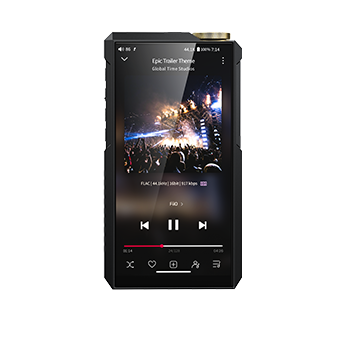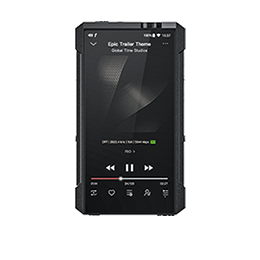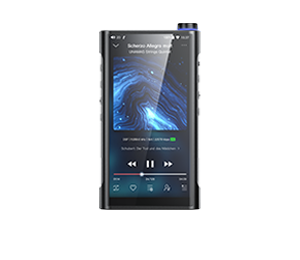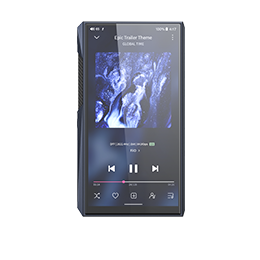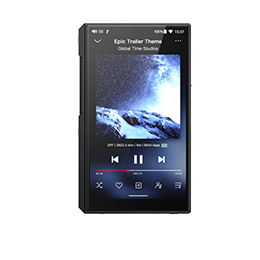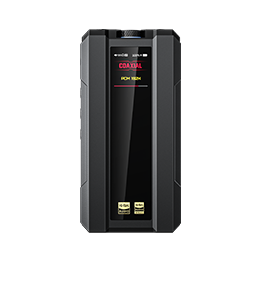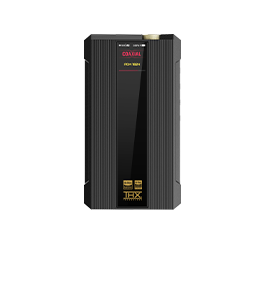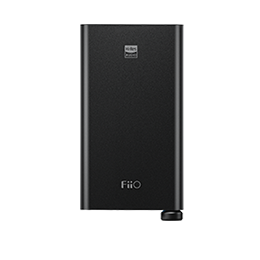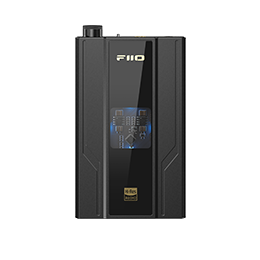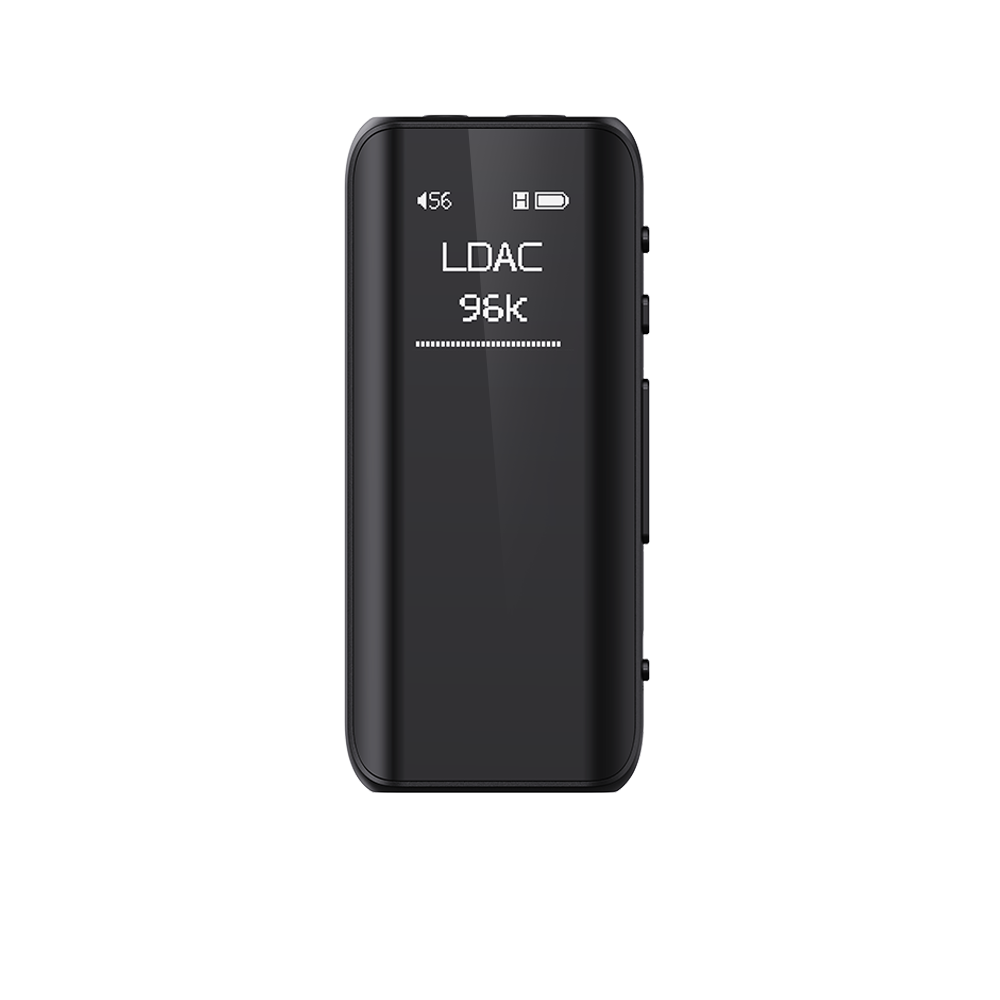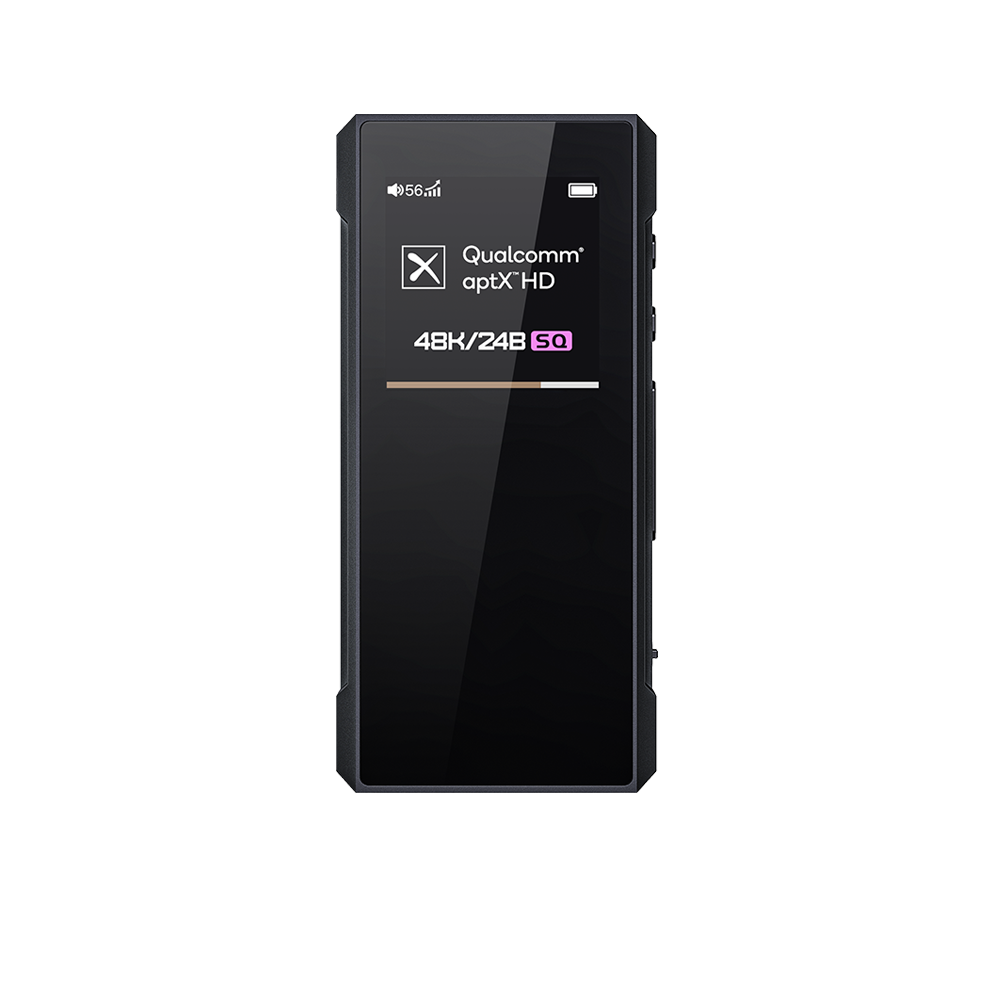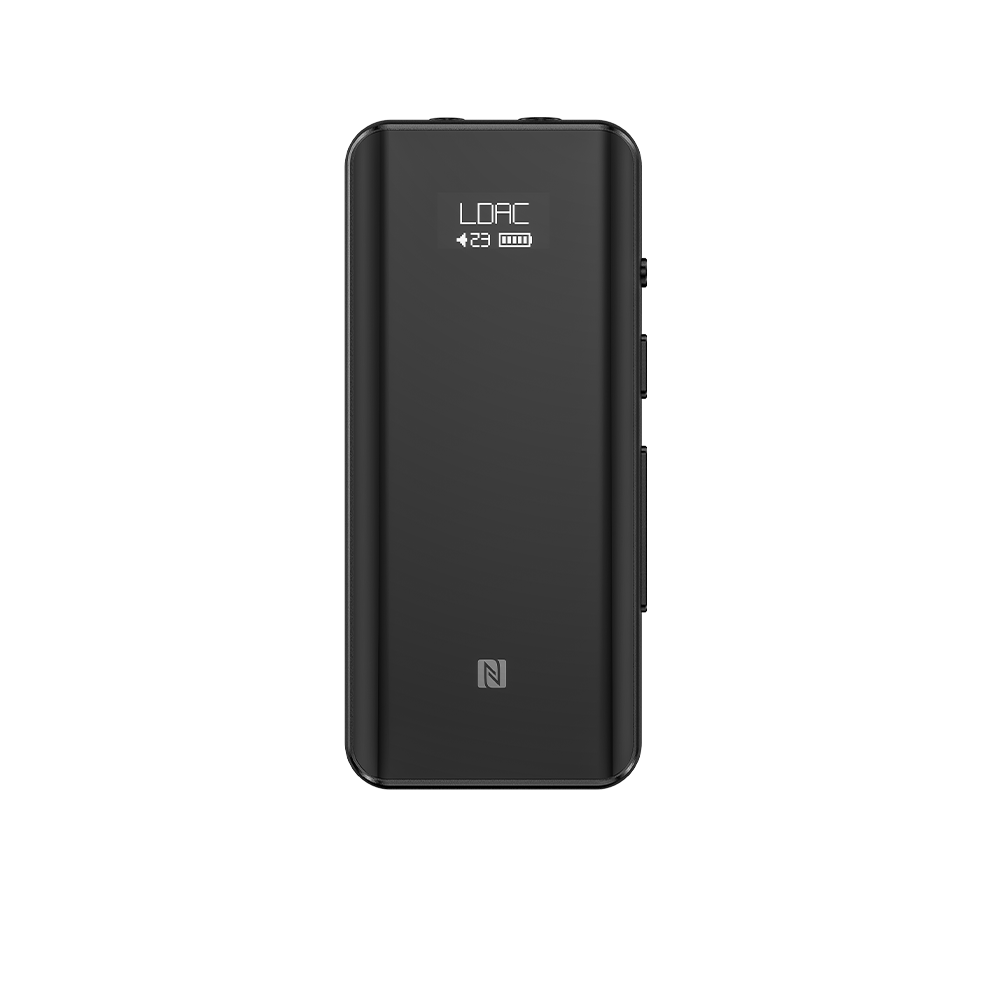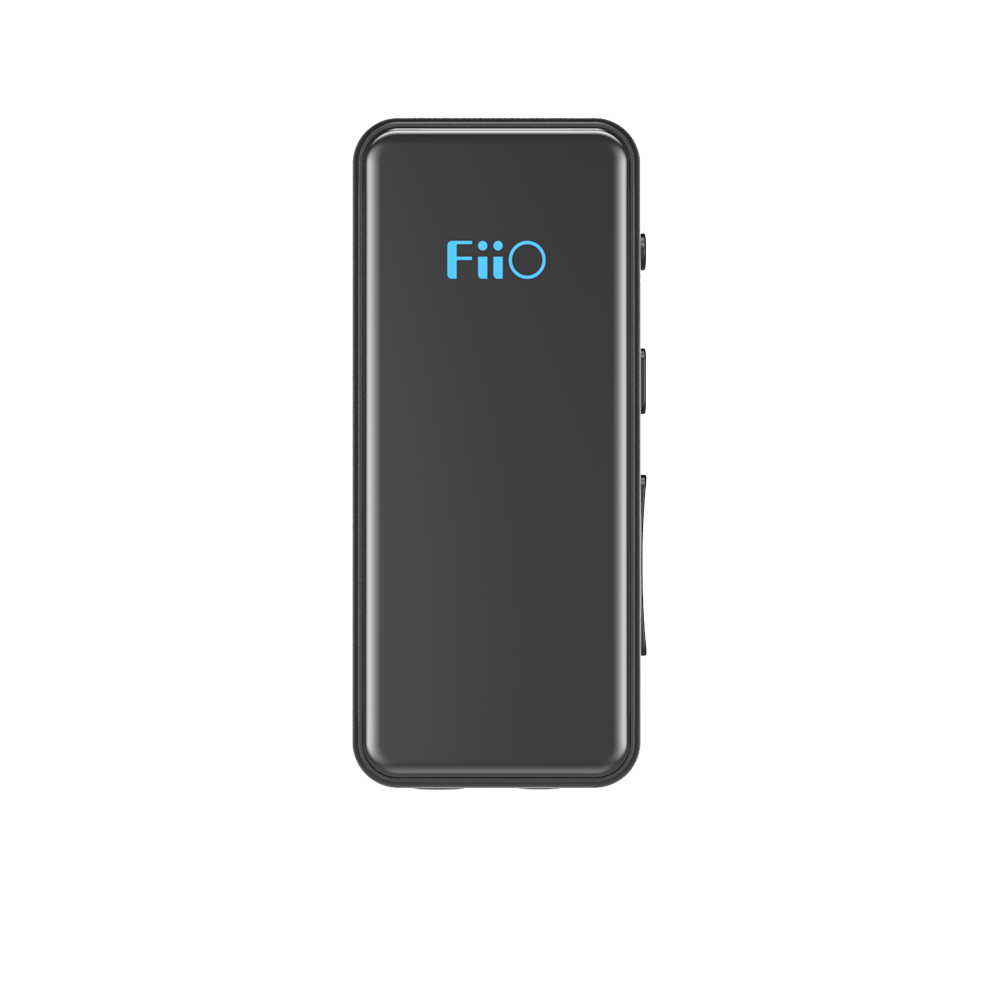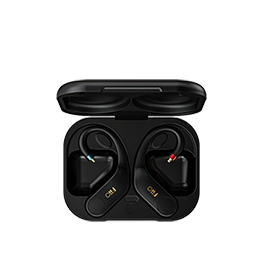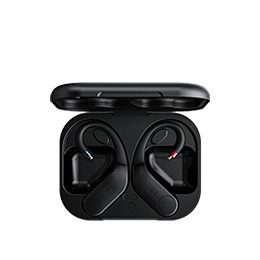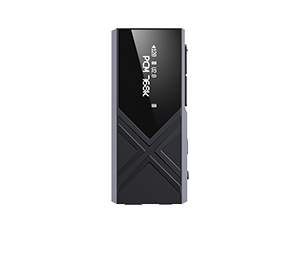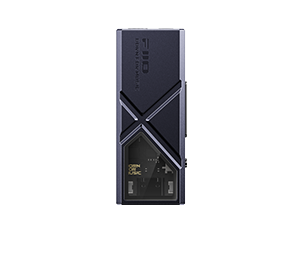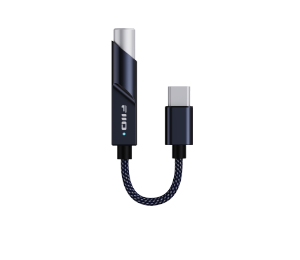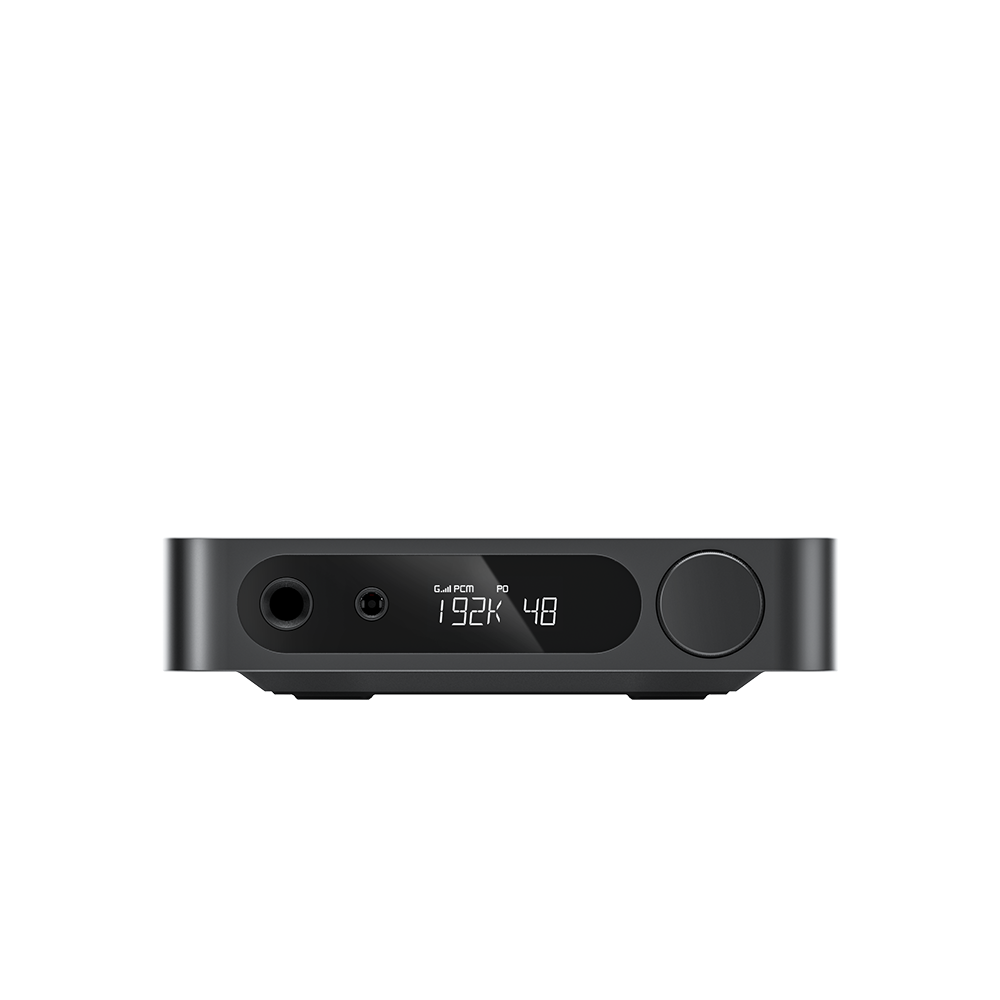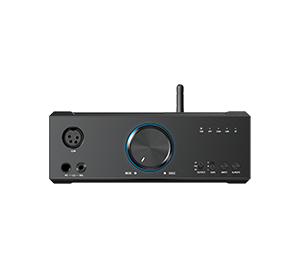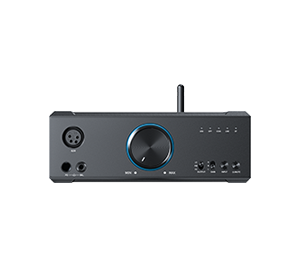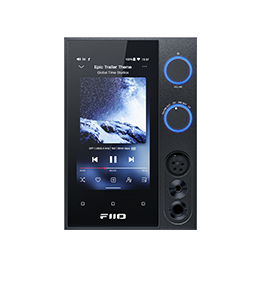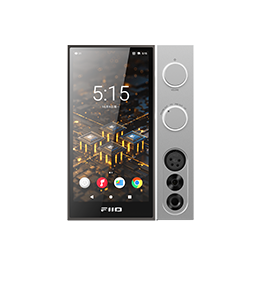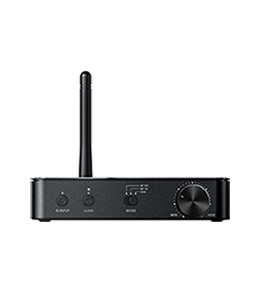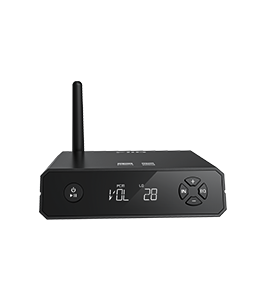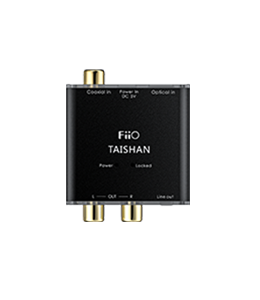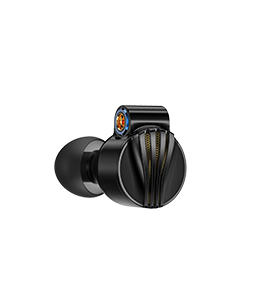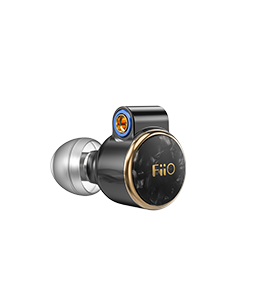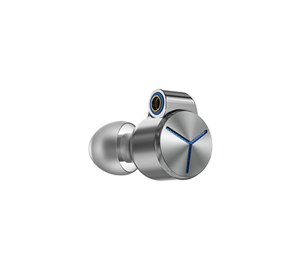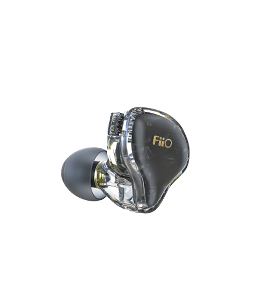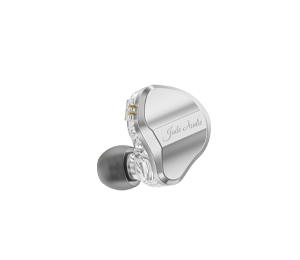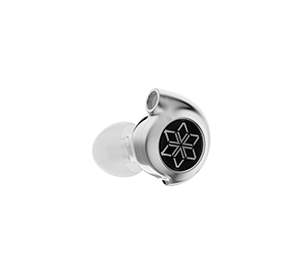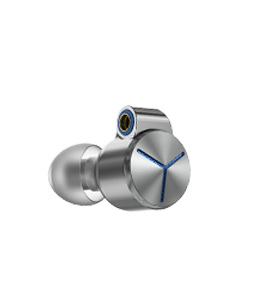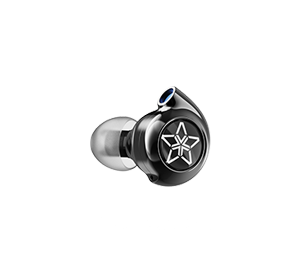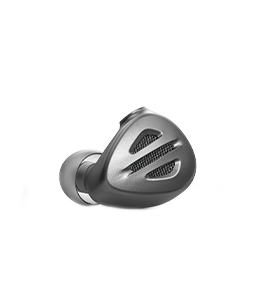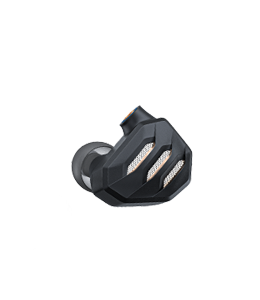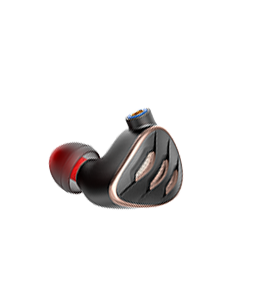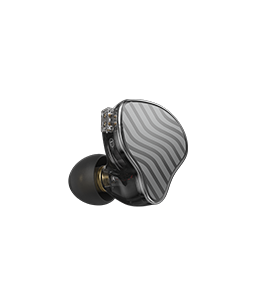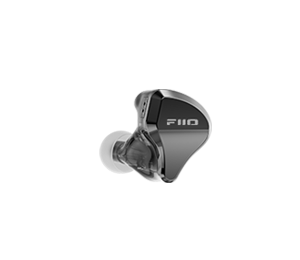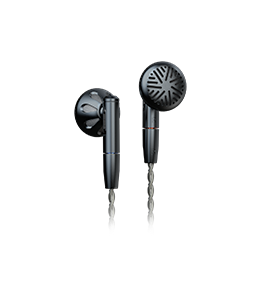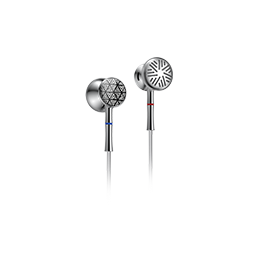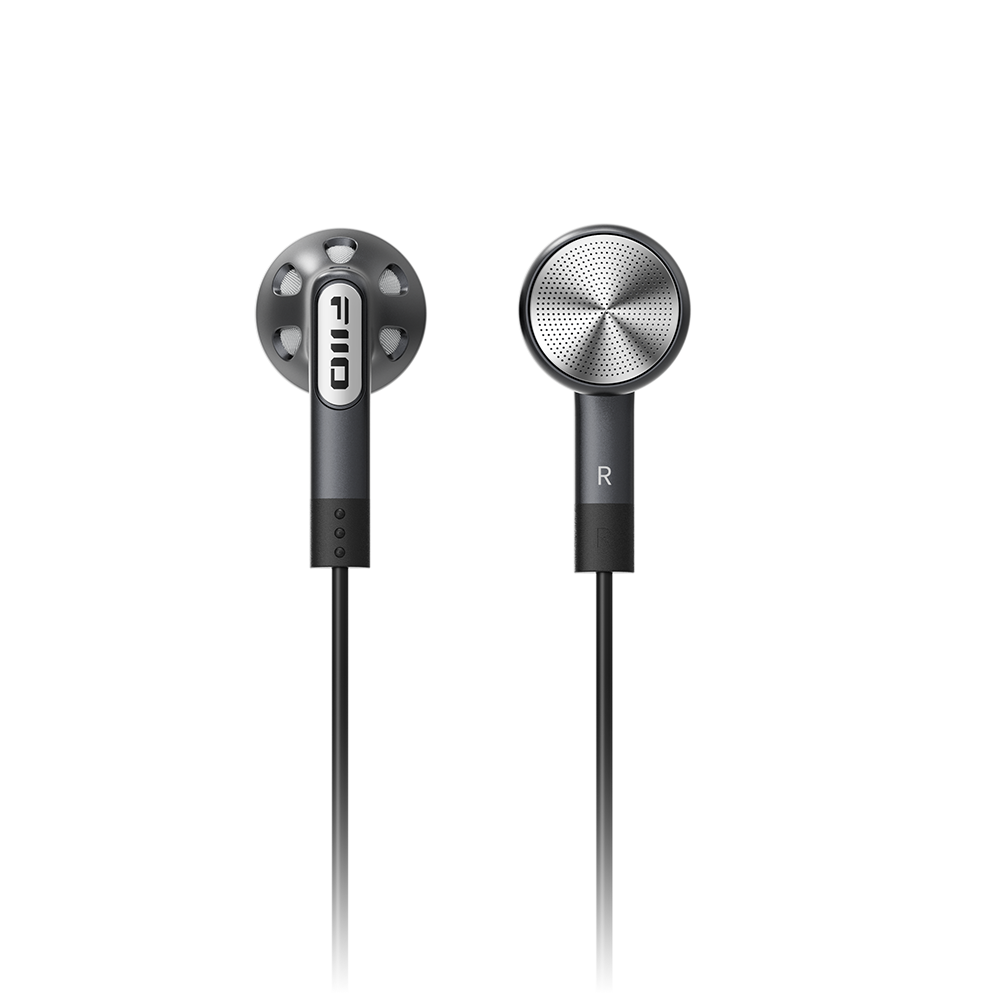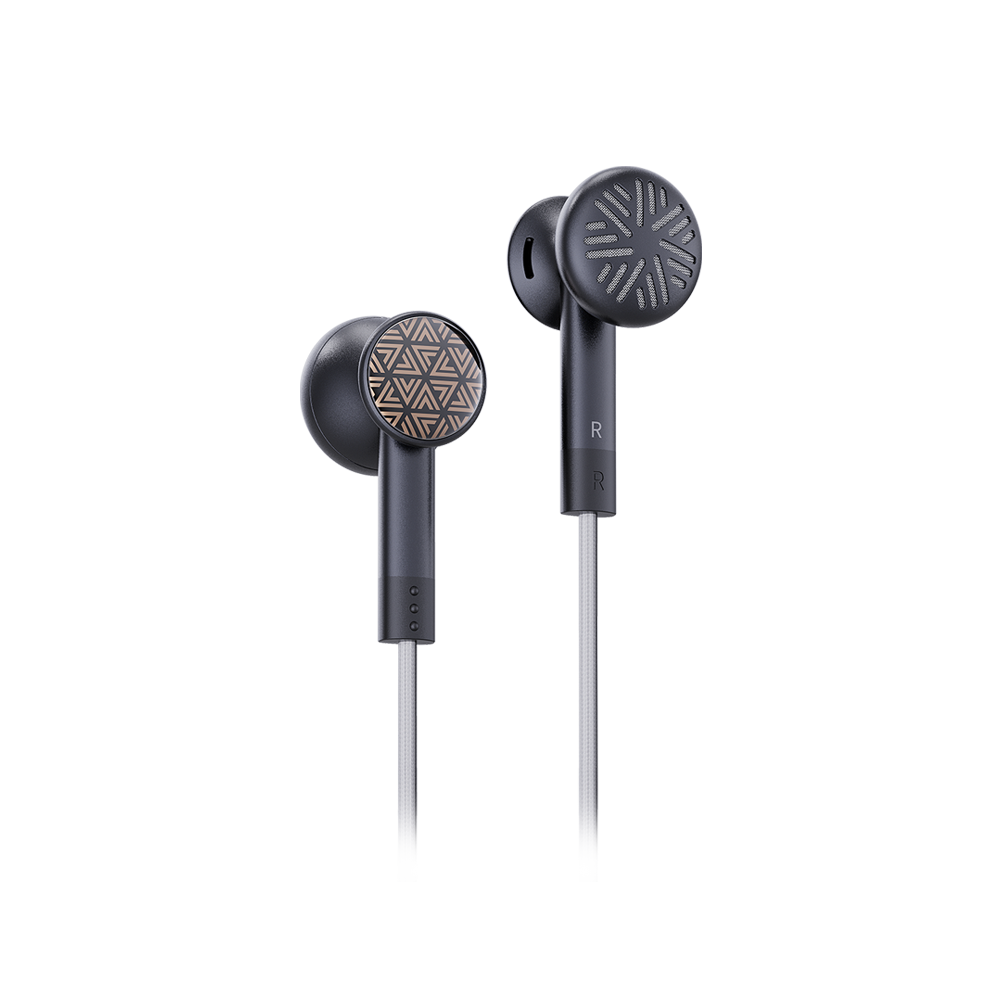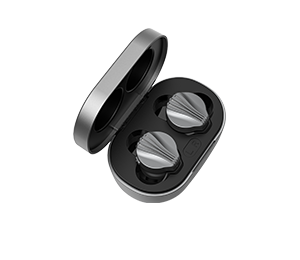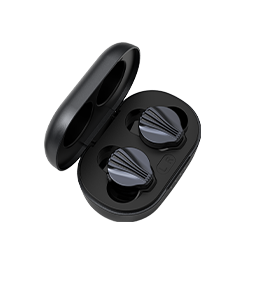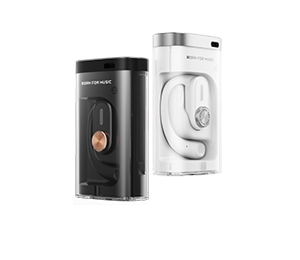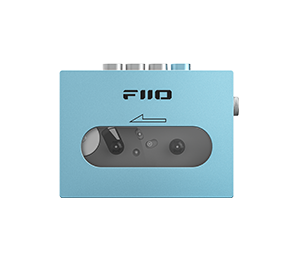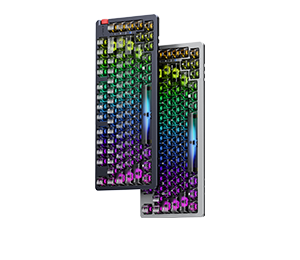Fiio i1 Review – Minute but Mighty
Author:RYAN SOO
Review from Everyday:Listening
→→ Read the original article on Listening:>> Click here

Introduction –
The Fiio i1 met nothing but a tough reception upon release with many marking it as redundant being comparable, at least on paper, to the dongle included with the iPhone 7 for free. However, numbers and measurements aren’t everything, of course, demonstrated by the radical difference between smartphones using the same onboard DAC included by every Qualcomm SOC. Performance also isn’t just based upon the components that you choose, but their implementation which can be just as important. And besides sound quality, the i1 brings several notable features to the table to enhance user experience. With a $40 USD asking price, let’s see if the i1’s real world performance delivers.
Disclaimer –
I would like to thank Fiio very much for contacting me and providing me with the i1 for the purpose of review. There is no monetary incentive for a positive review and despite receiving the product for free, I will attempt to be as objective as possible in my analysis.
About Me, Background, Gear of choice, Preferences and Biases –
I generally prefer a u-shaped sound that is close to neutral. I like a lot of detail and clarity but can appreciate a smooth, laid back sound. I’m not particularly treble sensitive so I may be more forgiving of brightness over darkness. I will note if I use a different eartip/pad/cover during the review and describe the sound changes.
Design –

The i1 has a basic, straight-forward design that values utility over fashion-ability though they still carry the industrial build and feel we’ve come to expect from Fiio’s products. It is markedly larger than the dongle included with the iPhone 7 though it is hardly cumbersome and any differences in weight are pretty negligible in use. The build is vastly improved over Apple’s equivalent with an aluminium enclosure on both the lightning connector and the i1 itself. The Lightning plug is a little chunkier than the Apple dongle though it remains slim enough to fit within cases.

The i1 itself is about twice as large as the Apple dongle though it makes up for its added size through added utility. Most notably, the i1 has an inbuilt 3-button remote and microphone enabling smart controls even on earphones that lack them, especially useful if those earphones also lack a removable cable.

Some chamfering on the bottom edges adds a silver ring of lustre and flare to the design, reinforcing the i1’s industrial design. Each element is covered in a matte black finish that provided a little extra traction when inserting and removing earphones from the I1 and the i1 from my IOS devices.
The i1 has quite a long cable (80cm) beneath the main housing which does make it more awkward to use than the much more compact Apple dongle. The extra length enables the controls and mic on the i1 to be placed around chest height, mimicking the position of an inline remote. In use, it’s pretty awkward to use the device like this as your earphones need to be coiled up and clipped to your shirt; earphones with l-shaped plugs are especially fidgety.

Luckily, the i1 has an integrated cable winder similar to that included on Fiio’s in-ears which helps to keep the cable in order. I found it more pragmatic to coil the cable and keep the whole unit in my pocket.
Usage –
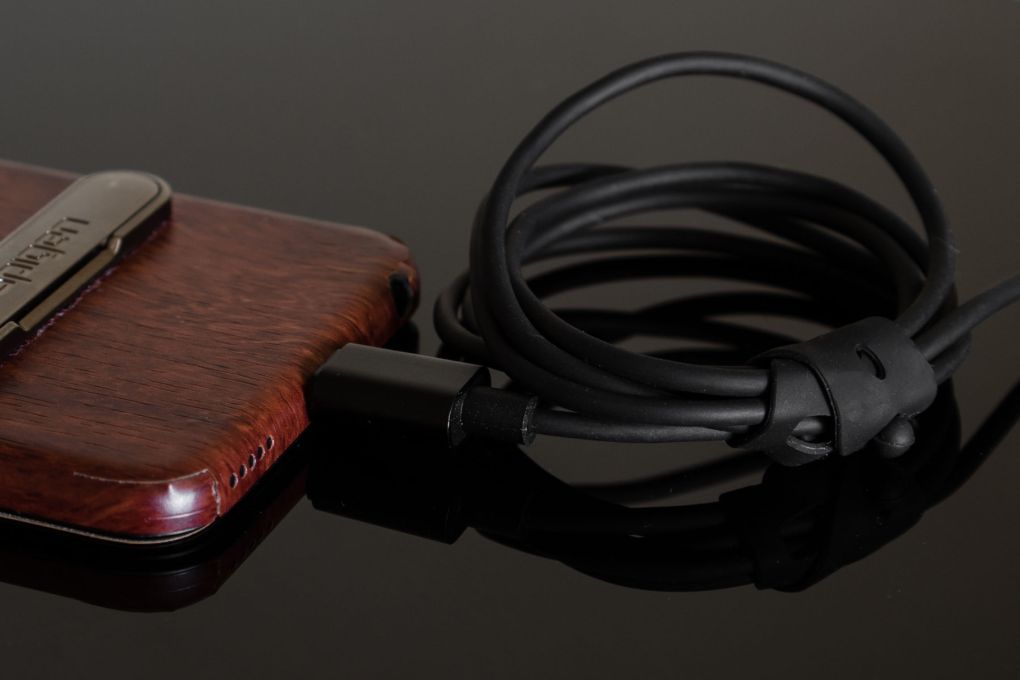
Upon first connection with an IOS device, the user is prompted to install the Fiio Controller app though the app does not need to be installed for the device to function. Fiio have said that the app will have eQ and various other functions later on but at present, it is fairly useless; it essentially just lets you upgrade the firmware on the i1.
The app also has a basic user manual though the i1 is essentially plug and play. The controls on the i1 worked well in my testing, they are responsive and clicky with minimal latency. The inbuilt mic is also pretty decent, audio is a little muffled, but quality is easily sufficient for phone calls and voice memos.

When connected, audio automatically routes through the i1 and the device remembers a separate volume profile specifically for the device. All IOS eQs are disabled though in-app equalisers can still be used. Volume can be changed either through the i1’s remote or through the device itself. The i1 doesn’t draw much power at all, I noticed a ~20% decrease in battery life when compared to the stock 3.5mm jack at the same volume. The i1 also goes into a low-power sleep mode when inactive to conserve power. I didn’t notice this to cause any latency issues like the Oppo HA-2, which took a second or two to wake from sleep. Of note, the i1 only works with lightning based iPhones, iPads and iPod Touch’s, it did not work with my 7th Generation Nano which produced an accessory not supported message. It’s a bit disappointing given that the i1 would provide a genuine SQ boost to the smaller device, but it’s more a limitation of the Nano than the i1. Of note, if the i1 accidentally detaches in your pocket, the amp doesn’t produce any strange pops or other noises that could damage your earphones or hearing.
Sound –
The i1 utilises the NAU88L25 codec/DAC chip which sports some pretty decent measurements that compare favourably to the IOS dongle. The chip also supports a whole range of file types and sampling rates up to 192kHz though file support is more limited by the Lightning interface and Apple’s software; users have suggested that 3rd party apps such as Onkyo’s music player will output these files. To provide some context, I think most modern Apple devices sound pretty similar with exception of the Nano and Shuffle. They all have mostly similar output powers and all carry that signature Cirrus sound which is very clear and perhaps more on the brighter/clinical side. In terms of measurements and specifications, the i1 is immediately quite comparable to the iPhone’s stock output (6, 6s and iPod Touch 6G). Honestly, that’s not a bad thing given that the iPhone has essentially zero background hisses and sounds pretty good in all other areas; I would put it on par with a low-midrange dedicated DAP save for its more limited output power. Taking into account that new iPhones are over $1000 here in Australia, it’s good to see that the $40 i1 is at least as good in terms of SQ. But as good isn’t enough of course, especially when Apple sells their own adaptor for just $12. And while I don’t think the Fiio holds a huge advantage over the iPhone or Apple dongle in terms of outright quality, the i1 retains the same strengths of the iPhone, the lack of hiss and smoothness of the sound, in addition to being considerably more musical with that typical fuller, warmer Fiio house sound.
As a result of this tonality, the i1 is the more listenable source, not with already thicker, warmer consumer headphones, but with more balanced audiophile orientated products for which the i1 was intended. The i1 still sounds pretty clean but has more aggressive detailing throughout. Resolution isn’t mind boggling though it is at least as resolving as the iPhone without being as granular in the higher frequencies. Soundstage is one of the more noticeable advantages, providing appreciably more width and separation in addition to sharper directional cues; the atmosphere crafted by the i1 during live recordings of Led Zeppelin was cleaner and more compelling than the stock iPod output. The differences aren’t night and day, but can rather be appreciated over longer listening sessions. It should also go without saying that the i1 can’t compete with high-end dedicated sources like the Fiio X5 III, X7 and Chord Mojo though it never intended to even compete with these products. Instead, the i1 is a nice, compact source that assimilates nicely into the smart device ecosystem while bringing a taste of audiophile refinement.
In terms of synergy, I found the i1 to be a better pairing to the majority of my earphones than my iPod Touch 6G and iPad Mini 3. Leaner earphones definitely found the greatest benefit though you don’t need a reference neutral earphone to take advantage of the i1. Notable examples include the Hifiman RE-600, which is an incredibly neutral and transparent earphone, and the TFZ King which is both very resolving and very source picky. The RE-600 is a pretty horrible pairing with any IOS device, it’s lean, mid-forward nature becoming overly forward and thin. From the i1, the RE-600 gains more body and weight to lower notes, sounding smoother and less granular. Perhaps most importantly, their soundstage expands which greatly helps to alleviate those over-forward vocals, making for a more nuanced and pleasant experience. The TFZ King tells a similar story as an earphone that is quite sensitive to higher output impedance devices. The King actually pairs pretty decently with most IOS devices, save for the 5 which had a higher output impedance, producing considerable low-end roll-off. With the i1, the King extends further with more visceral rumble and its stage becomes cleaner and darker, making everything sound more effortless. And even more expensive earphones like the 64Audio U3 are well served by the i1. The U3 has excellent resolution and easily reveals flaws in the source, it is also very susceptible to background noise so the quiet, low impedance i1 makes for a splendid pairing. When compared to my iPod Touch 6G, the U3 gained more midrange body, bass notes had greater definition and the treble performance, in particular, became noticeably more separated and airy. The i1 also finds a home for users of inferior IOS devices like the aforementioned 5, ensuring that audio and volume will be consistent from device to device. While I can occasionally get some fatigue after listening to my iPod for longer sessions, I didn’t find myself experiencing this with the i1 due to its warmer nature and the i1’s improved resolution and dynamics ensure that this tonality don’t interfere with quality.
In terms of power output, the i1 is very similar to the iPod’s jack and every volume level is almost perfectly matched between the two. By specification, the i1 does produce a little more current than the iPod/iPhone though as aforementioned, total voltage output is very similar. The i1 also has a very low output impedance which, combined with the additional current, makes it perceptibly better for low impedance earphones and portable headphones. That being said, if the iPhone’s stock volume is not sufficient for you, you might want to look into Fiio’s A1 or A3 instead as the i1 provides no volume advantage over the stock output. Hiss is also exemplary on the i1, my most sensitive earphone, the 64Audio U3 (114dB, 12ohm) had barely audible hiss that was quickly buried when music was playing, even on the first or second volume level. The iPod did hold a slight advantage with zero background hiss, though the difference is really quite insignificant and most earphones don’t pick up hiss on the i1 at all.
Verdict –

So while the benefits the i1 brings over the stock output/dongle may seem questionable from perusal of its specifications, in real world testing, the i1 serves to be the ever more listenable and engaging source. Musicality is a difficult term to define, I suppose many would characterise is as an almost analogue quality as opposed to the sterility of “digital” sounding sources; a sound that finds greater synergy with the majority of higher end earphones. This is the same reason why you see people paying so much for old 80GB iPods and 1st Generation Nano’s with their famed Wolfson DACs; these devices, while technically inferior in all measurements to their modern counterparts, possess such musicality. And that’s where the i1 comes in, it possesses the cleanliness and digital prowess of a modern Apple device combined with the organic timbre of those before.
Verdict – 8/10, The i1 isn’t a huge upgrade over the modern IOS device, but it’s more natural tonality, enhanced build and added functionality well deserve the increased asking price. Their more effortless sense of detail combined with a more musical tone all go far to enhance the user’s listening experience.
The i1 is currently available from Amazon for $40 USD, please see the link below for the most updated pricing and availability:



